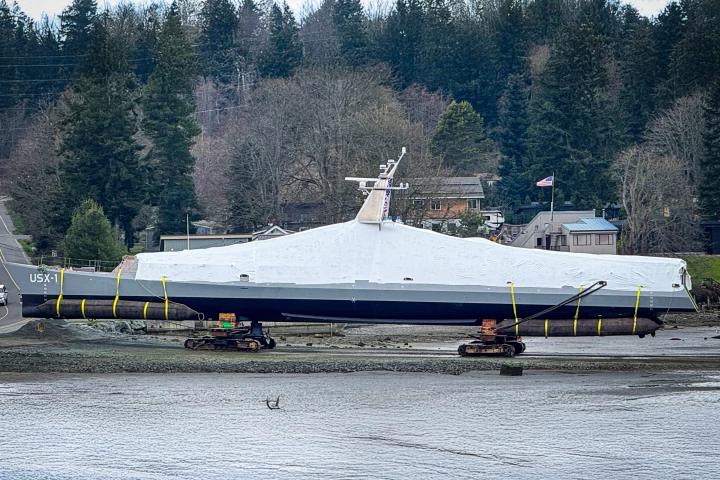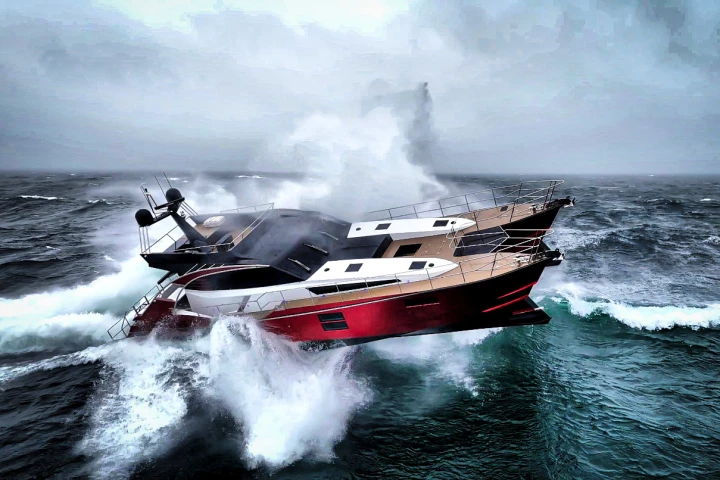Ships
-
China is going full Jules Verne as it prepares to go where no drill has gone before. As part of its Deep Ocean Drilling Program, the special-built Meng Xiang (梦想号, "Dream") drill ship is gearing up for a multi-year effort to pierce the Earth's crust.
-
The air at sea might be getting a bit cleaner as technology group Wärtsilä puts its Carbon Capture Solution (CCS) system on the market. The modular apparatus is claimed to capture as much as 70% of the CO2 emissions from cargo ship exhaust systems.
-
Autonomous warships have moved into the large fast-attack league as Eureka Naval Craft announces what it describes as the most advanced autonomous naval attack vessel in the world. It can carry 40 tonnes and reach speeds of up to 50 knots.
-
DARPA has launched a new prototype warship for the US Navy that not only won't need any sailors, it can't even accommodate them. The 180-ft (55-m), 240-tonne No Manning Required Ship (NOMARS) put to sea last month ahead of sea trials.
-
UK-based Core Power has announced that it plans to mass produce a fleet of floating nuclear power plants (FNPPs) using advanced reactor design and modular shipbuilding to be anchored off the US coast in about 10 years.
-
Although autonomous, uncrewed ships are now being trialled, those vessels still need human workers to moor them when they come into port. That could soon change, however, thanks to a new automated suction-based mooring system.
-
The US Navy and Scripps Institution of Oceanography's unique FLoating Instrument Platform (FLIP) has been saved at the last minute from the breaker's yard. Scheduled to be scrapped in Mexico, it was purchased by undersea design company DEEP.
-
Slicing huge cruise ships in half, then welding in an extra segment to lengthen them, is more or less a license to print money for cruise operators – so this 'jumboization' surgery is becoming very common. Let's take a look at how it's done.
-
Ireland's Safehaven Marine builds search and rescue craft, patrol boats and pilot boats designed to operate in "all weather" – up to and including Force 10 storms with waves up to 23 ft (7 m) high. The firm backs this up with some spectacular testing.
-
The first expedition to the Titanic since last year's Titan submersible disaster that killed five people is on its way. The goal is to make the most detailed imaging survey yet of the historic wreck to ascertain how the sea environment is affecting it.
-
There are few things in this world that are literally unique. One of these, in the true sense of the word, is the FLoating Instrument Platform (FLIP), which was a floating barge built for the US Navy that regularly sank itself on end for science.
-
The wreck of the ship used for Sir Ernest Shackleton's final Antarctic expedition has been located by the Royal Canadian Geographical Society (RCGS) off the coast of Labrador. The Quest, aboard which Sir Ernest died in 1922, sank in May 1962.
Load More











